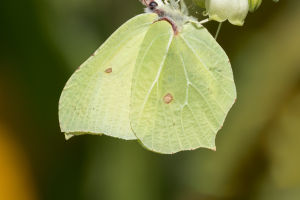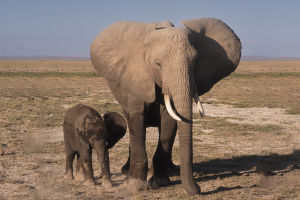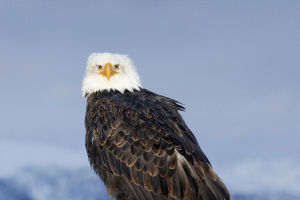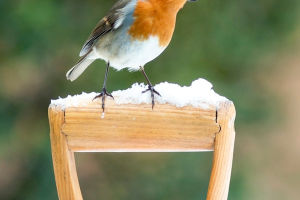
Amazing Squirrel

Squirrels, belonging to the rodent family, are small mammals renowned for their distinctive characteristics, including their long, furry tails and agile, slender bodies.
These creatures primarily inhabit trees, where they display remarkable arboreal skills. Their diet mainly consists of nuts such as acorns, chestnuts, and walnuts, along with pine seeds.
Additionally, squirrels occasionally supplement their vegetarian diet with insects, larvae, and small animals.
Nesting habits among squirrels are quite varied. They construct their homes amidst dense branches, repurpose abandoned bird nests, or utilize tree hollows for shelter. Particularly noteworthy is their behavior during autumn when they diligently gather and store food, often hoarding several kilograms in various locations to sustain themselves through the winter months.
Related
 Flamingo: The Embodiment of Beauty in Nature
Flamingo: The Embodiment of Beauty in Nature
 The Beauty of Butterflies: A Symbol of Life and Freedom.
The Beauty of Butterflies: A Symbol of Life and Freedom.
 Wrinkles in the Wild,Exploring the Grace and Grandeur of Elephants,Harmonies of the Elephant Herd
Wrinkles in the Wild,Exploring the Grace and Grandeur of Elephants,Harmonies of the Elephant Herd
 The Bald Eagle, America's national bird, is a majestic symbol of strength and resilience, and a keystone species.
The Bald Eagle, America's national bird, is a majestic symbol of strength and resilience, and a keystone species.
 Birds' enchanting calls harmonize nature's melody.
Birds' enchanting calls harmonize nature's melody.
 Comprehensive Guide to Cat Care: Fostering Love and Responsibility.
Comprehensive Guide to Cat Care: Fostering Love and Responsibility.
The squirrel's tail serves a multitude of functions vital to its survival:
1. Assisting in Jumping: Squirrels utilize their tails to enhance their jumping capabilities. By keeping their tails straight while leaping from tree to tree, they can cover impressive distances, sometimes exceeding ten meters. This ability aids in their evasion of predators. Moreover, when the tail is closed, it acts as a makeshift broom, helping clear obstacles from their path.

2. Ensuring Safe Landings: When descending from trees, squirrels spread out their tails, effectively utilizing them as parachutes. This helps maintain their balance and ensures a safe landing on the ground below. The fluffy, thick tail also acts as a cushion, mitigating the impact upon landing.
3. Assisting in Branch Navigation: Squirrels adeptly maneuver through tree branches by using their tails as small sails. This enables them to maintain balance, even while hanging upside down, and facilitates agile movement within their arboreal habitat.
4. Providing Warmth: During periods of rest, squirrels wrap their tails around themselves like quilts, providing insulation and warmth, particularly during the cold winter months when temperatures drop.
5. Communication: Recent research has unveiled the role of tail movements in squirrel communication. Squirrels convey information to one another about potential threats, such as snakes, through specific tail movements. Different swing patterns may indicate the beginning or cessation of an attack, while variations in swing frequency and direction can communicate the type, size, distance, and direction of the threat.
In summary, the squirrel's tail is a remarkable appendage that serves a myriad of purposes crucial to its survival in its natural habitat. From aiding in mobility and balance to providing warmth and facilitating communication, the tail is truly a versatile tool for these fascinating creatures.